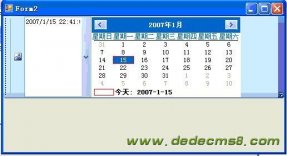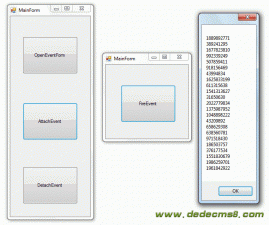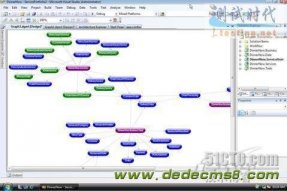前言:之前的文章介绍了了并行编程的一些基础的知识,从本篇开始,将会讲述并行编程中实际遇到一些问题,接下来的几篇将会讲述数据共享问题。
本篇的议题如下:
数据竞争
解决方案提出
顺序的执行解决方案
数据不变解决方案
在开始之前,首先,我们来看一个很有趣的例子:
class BankAccount
{
public int Balance
{
get;
set;
}
}
class App
{
static void Main(string[] args)
{
// create the bank account instance
BankAccount account = new BankAccount();
// create an array of tasks
Task[] tasks = new Task[10];
for (int i = 0; i < 10; i++)
{
// create a new task
tasks[i] = new Task(() =>
{
// enter a loop for 1000 balance updates
for (int j = 0; j < 1000; j++)
{
// update the balance
account.Balance = account.Balance + 1;
}
});
// start the new task
tasks[i].Start();
}
// wait for all of the tasks to complete
Task.WaitAll(tasks);
// write out the counter value
Console.WriteLine("Expected value {0}, Counter value: {1}",
10000, account.Balance);
// wait for input before exiting
Console.WriteLine("Press enter to finish");
Console.ReadLine();
}
}
在上面的例子中,创建了10个task,每个task都是把BankAccount.Balance自增1000次。之后代码就等到10个task执行完毕,然后打印出Balance的值。大家猜想一下,上次的代码执行完成之后,打印出来的Balance的结果是多少?
J结果确实和大家猜想的一样:结果不等于10000。每次执行一次上面的代码,都会得到不同的结果,而且这些结果值都在10000左右,如果运气好,可能看到有那么一两次结果为10000.为什么会这样?
下面就是本篇和接下来的几篇文章要讲述的内容。







